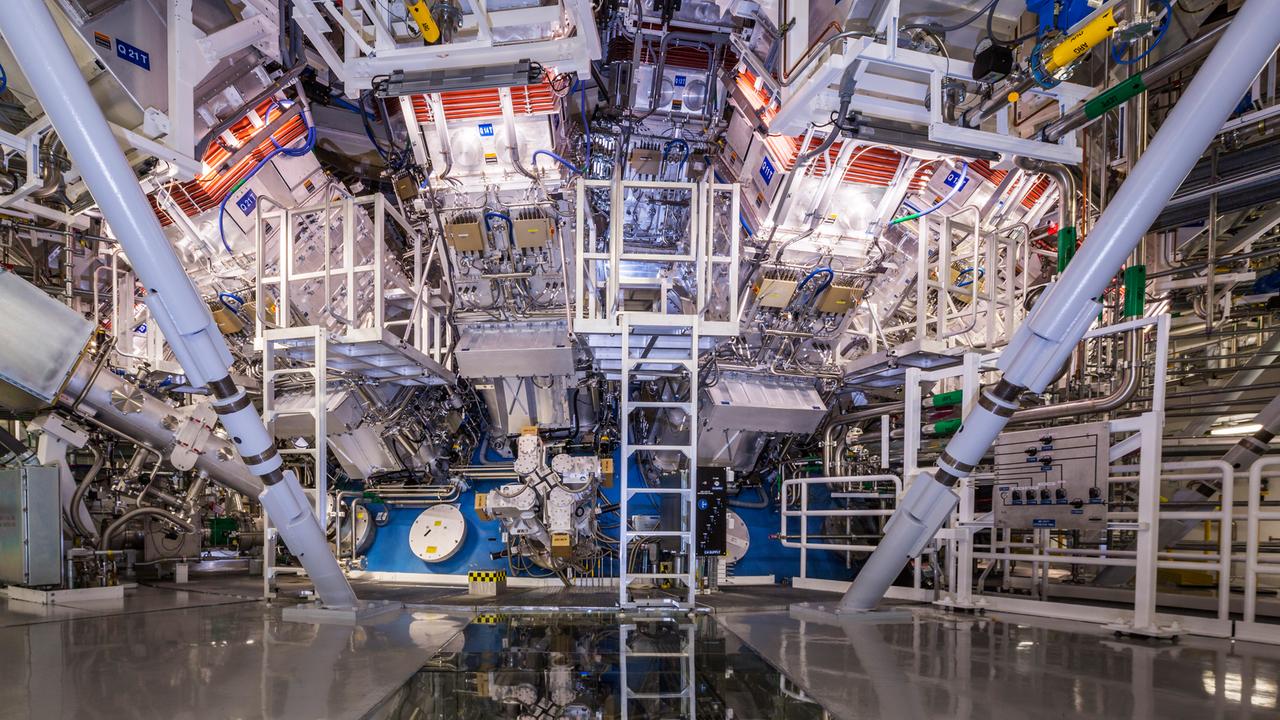And few complains about map:
1. forest in antartica because there is taiga, should be only tundra and ice
2. we dont have lakes anymore? It looks really bad when I can build international ports and a lot ot others coastal buildings in city next to one coastal plot(should be lake where its imposible build such buildings)
3. artifical islands you added looks like fantasy map than real world map, please delete them(who need them can add them in world builder, but we want real world map not fantasy world map)
4. we know you made possible early contact but it shouldnt be possible so early, played many times your map and always old and new world made contact in ancient times, sometimes even in prehistoric and it really looks comical
before it was better when culture of city grew to some level and it opened path to make contact.
5. IMHO scandinavia is too big, greenland too
6. IMHO there is abudance of strategic resources, strategic resource need to be more rare, if you play 40 civilizations maximum strategic resources should be 40)
on your map I counted currently at least 58 oil sources, 42 uranium, 77 sulphur, 94 coal, 120 iron ore
7. please consider again deleting universe on your map, we really need faster turn time and it can help( or make two versions of map, one with space and second without space)
Looks cool and looks working with a lot of citys.

Good job. Ram usage has improved a lot. Good job
@Toffer90 and others.
Well you dont gamed on eternity as it looks like, so the AI dont has much time to build up and will be more easy. On which difficulty lvl did you go? As low as the AI is in points it looks like a game on easy difficulty as a test game.
I am currently working on the new map update, will be a pretty big one, a lot has been changed and it will make some stuff harder on standard combat, i will look into all you suggested here.
1. forest in antartica because there is taiga, should be only tundra and ice
Ok looking into for next update. Will trees grow on permafrost? We need some place to build a few cities/stations in antartica.
2. we dont have lakes anymore? It looks really bad when I can build international ports and a lot ot others coastal buildings in city next to one coastal plot(should be lake where its imposible build such buildings)
Its lake coast terrain, looks like a building problem then, will it make problems to change it to lake terrain? So lake coastal buildings cant be built anymore?
3. artifical islands you added looks like fantasy map than real world map, please delete them(who need them can add them in world builder, but we want real world map not fantasy world map)
Was done as starting location for some civs, needed to be enlarged a bit, is already done in new update. All civs are moved now to there historic starting locations also in they will have a hard time but if someone of the AI can conquer its neighbor then he can become a superpower fast.
4. we know you made possible early contact but it shouldnt be possible so early, played many times your map and always old and new world made contact in ancient times, sometimes even in prehistoric and it really looks comical
before it was better when culture of city grew to some level and it opened path to make contact.
Game on eternity then other civs are not so fast in research. Also the vikings was in america and so on, so long ways to go but some early contacts are possible.
5. IMHO scandinavia is too big, greenland too
Nope, scandinavia size is mostly real world, its larger then you think, europe needs also to be scaled up a bit because of many civs, greenland is large in real, vikings start now in skandinavia.
6. IMHO there is abudance of
strategic resources, strategic resource need to be more rare, if you play 40 civilizations maximum strategic resources should be 40)
Meaning having 10 of it dont means you have 1 missing. Will make the AI more easy if they cant produce good units. So having more will get you more income. So resources are abbudant, like on real world, others are real rare. Secure a lot uranium and the AI cant get it. Ok a large AI will take all from you.
7. please consider again deleting universe on your map, we really need faster turn time and it can help( or make two versions of map, one with space and second without space)
Will not help currently, as it will not increase the turn time as the universe is unused until you go there, its a more option to game in now if you can reach it and you can game past modern, as said multimap may never come so AI will be taught to go to space also.
Also there is tundra in antartica, so its more a mod bug if forrest will grow in antartica.
So BUG/PROBLEM:
@raxo2222 and others: So forrest should not grow on the 3-4 last map plot lines north and south if possible to tweak that.

 www.tagesschau.de
www.tagesschau.de




 Good job. Ram usage has improved a lot. Good job
Good job. Ram usage has improved a lot. Good job